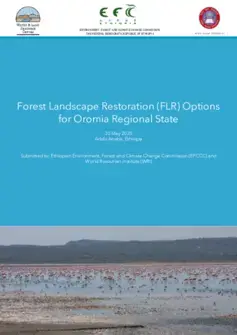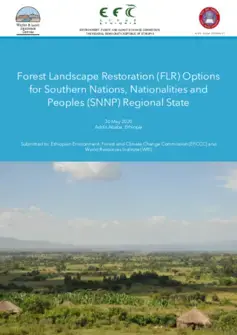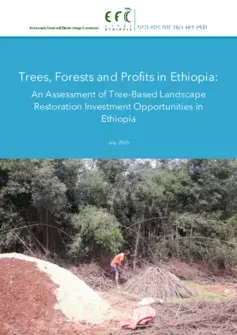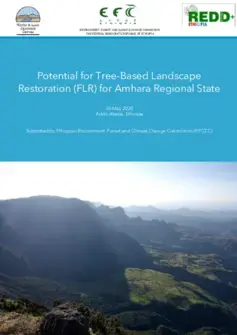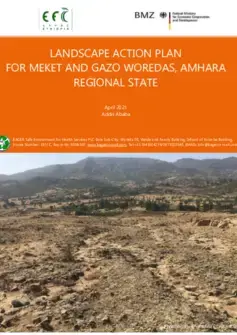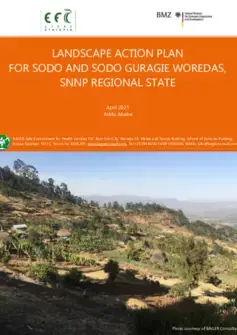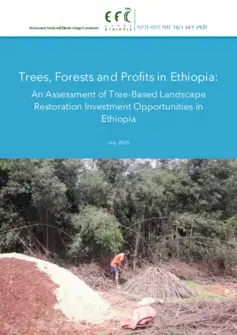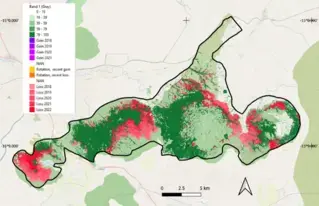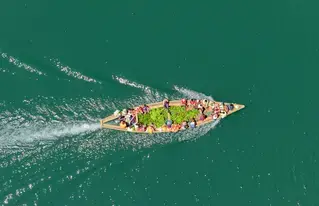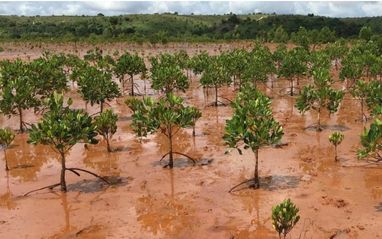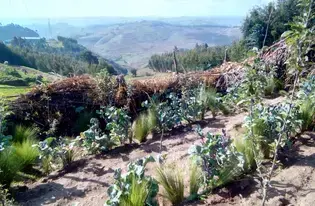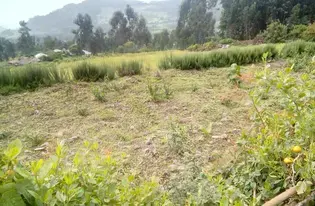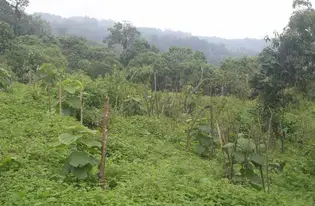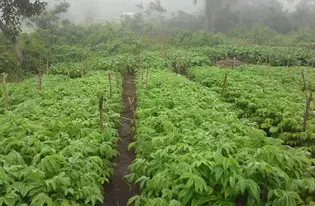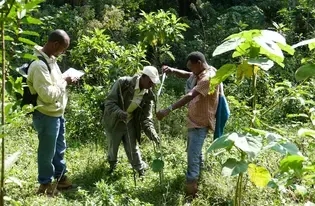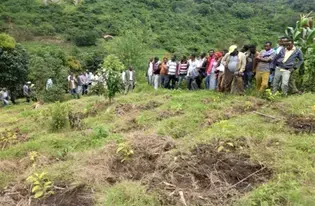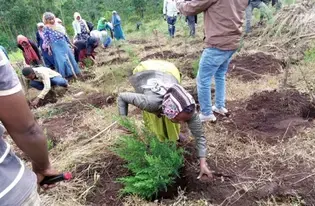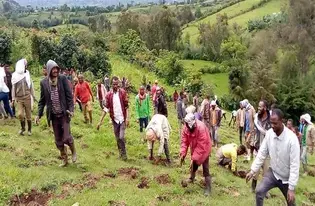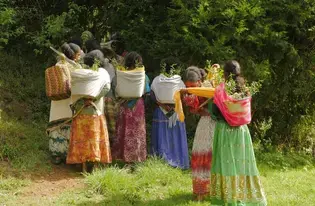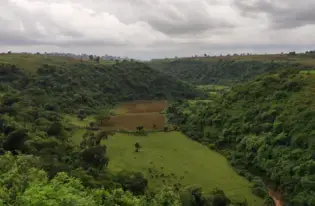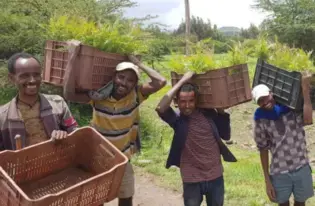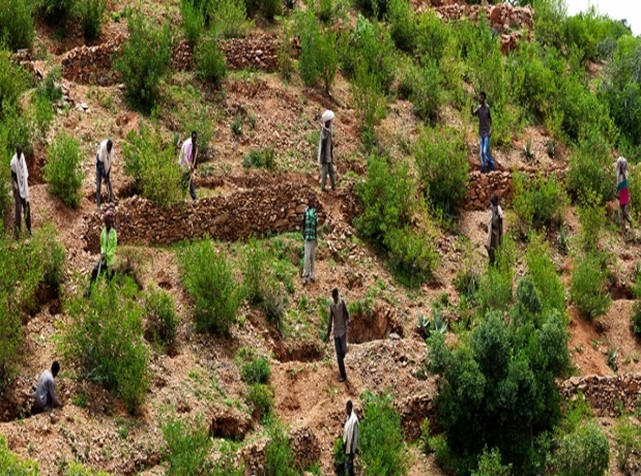Ethiopia
May 2023
Latest Updates of Ethiopia
Projects in Ethiopia
Projects in Ethiopia
Our Approach
Enclosures/enclosures (AEs)
AEs refers to the practice of excluding a designated degraded land from grazing, cutting trees, and shrubs as well as from cultivation to allow vegetation to regenerate, to reduce soil erosion, to increase rainwater infiltration, and increase biomass production. Assisting rehabilitation of the productive potential of the land is attained either through resting alone or coupled with soil and water conservation (SWC) work and tree planting interventions.Sustainable land management
Sustaining land management refers to a set of technologies and tools that integrate ecological with socio-economic and political principles in land husbandry. It attempts to rehabilitate productivity of degraded lands in ways that are ecologically sound, socio-culturally acceptable, and technically and economically feasible. In Ethiopia, efforts to support farmers to build terraces to conserve soil and moisture was initiated in the Tigray region as early as the 1960s. Over time, Sustainable Land Management scopes expanded and included planting of different trees, shrubs, and herbaceous species, and establishing AEs and discouraging free grazing of livestock, hence ensuring a sustainable flow of ecosystem services.The green legacy initiative
By 2030, the Green Legacy Initiative will combat desertification, restore degraded land and soil, including land affected by desertification, drought and floods, and strive to achieve a land degradation-neutral world. The Initiative is expected to benefit the Ethiopian society at large by reducing its the vulnerability to climate change and other environmental losses, and help Ethiopia achieve the Sustainable Development Goals and Agenda 2063 of the African Union. There is also a long term plan to expand the initiative to Ethiopia's neighboring countries. Since launching its Green Legacy Initiative (GLI) in 2019 – the Government of Ethiopia seeks to plant 20 billion trees within four years until 2022 and it continues along with AFR100 until 2030.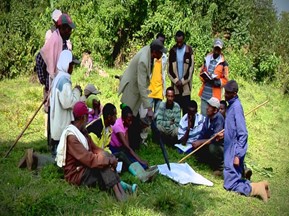
Steps to Success
Stakeholder involvement
In Ethiopia, all stakeholders including Government, Donors , CSOs, NGOs and communities agree that land degradation is a very serious problem in most agricultural zones of the country and one can now claim that Ethiopia is in a national emergency to combat the problem. In view of this, coordinated and well organized campaigns were organized to address the problem. Ethiopia established a working group comprising of relevant government ministries/departments, universities, research institutions, civil organizations and private sector. The members inform the decisions and implementation of policies and set targets towards restoration of the degraded landscapes.
A coordinating mechanism/platform
To oversee the implementation of the LDN targets cross sectors and other entities, the SLM coordination mechanism was established by the government in the Ministry of Agriculture to facilitate coordination of all SLM activities in Ethiopia so as to avoid duplication and promote synergies. Thus, this unit will also be involved in the implementation processes of programs and projects that will help to achieve LDN targets in Ethiopia.
Capacity building
Ethiopia launched a training program focusing on land use, titling and administration, security of land tenure and dispute resolution, public information and education, capacity building and monitoring, impact evaluation and special studies. Building the capacity of lower level implementing parties to properly and transparently implement the laws and regulations should be a continuous process and context specific in restoration. Trainings and workshops were also organized in Ethiopia and the majority of these activities were on restoration and tree plantation, with others focusing on market analysis and development and Non Timber Forest Products (NTFPs).
Partnership
The Government institutions, local and international non-governmental organizations found in the country are supporting the development activities of the government of Ethiopia through different programs and projects aligning with the government’s priorities. In a similar manner the NGOs working in different parts of the country are engaged in the projects and programs that will be implemented to achieve the LDN targets in the country. Partnership is created between the NGOs, Government institutions and MEF with their own respective roles and responsibilities. The main role and responsibility of NGOs will be directly implementing the different programs and projects designed to achieve the LDN targets and, reporting the progresses and achievements of the implementation process. On the other hand MEF is responsible to secure the budget required to implement these programs and projects, and put in place a stringent monitoring, reporting and verification system.
Key Milestones
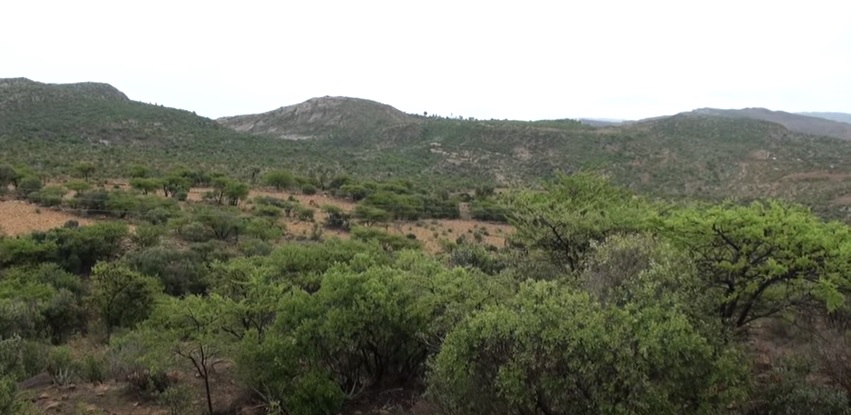



Our Vision
The Government of Ethiopia has made an ambitious targets for the land restoration to build a carbon-neutral and middle-income economy by 2030.
Priority Interventions:
- Supporting Ethiopia to fulfill the Climate Resilient Green Economy (CRGE) goal of achieving middle-income status by 2025 while transitioning to a climate-resilient green economy. This will require scaling up successful tree-based approaches to improve crop and livestock practices, food security, and farmer income; protect and re-establish resilient and productive forests rich in biodiversity; develop the forestry sector and wood- and forest biomass-based technologies, expand renewable power generation for domestic and regional markets; and leapfrog to modern and energy-efficient technology in transport, industrial sectors and buildings.
- Increasing the scientific foundation in decision-making processes for planning and implementing tree-based landscape restoration. Related processes include assessing the potential for tree-based landscape restoration, enabling coordination across sectors, and using best practices from Ethiopia and around the world.
- Support the sustainable generation of benefits from restored forest landscapes and restoration processes for the local population and the national economy.
- Identifying and addressing enabling conditions necessary for long-term, tree-based restoration at scale. Enabling conditions relate to policy and legal frameworks, incentives, value chains and market conditions that increase and diversify investments in restoration across the public and private sectors.
- Developing a monitoring and evaluation (M&E) system for tree-based landscape restoration and its contribution to domestic targets and international commitments. The M&E system will address the environmental, social and economic costs and benefits of tree-based restoration and will be operationalized countrywide and harmonized among all forest-related projects.
- Supporting Ethiopia to meet its international development and environmental commitments such as the Sustainable Development Goals, Nationally Determined Contribution, Convention for Biodiversity, and Land Degradation Neutrality target.
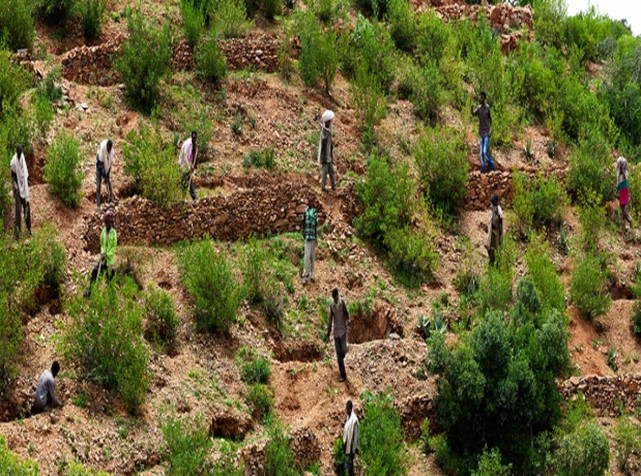

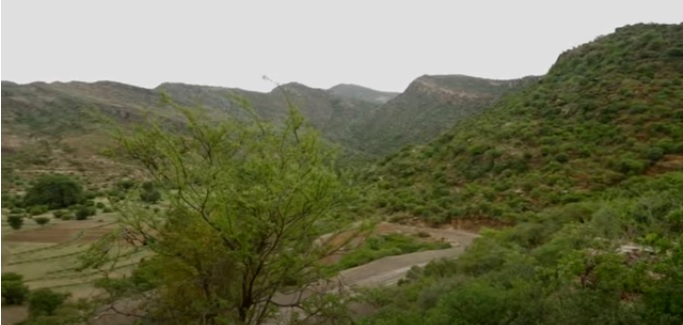
Forest Landscape Restoration (FLR) in Ethiopia
Resources
in Ethiopia
